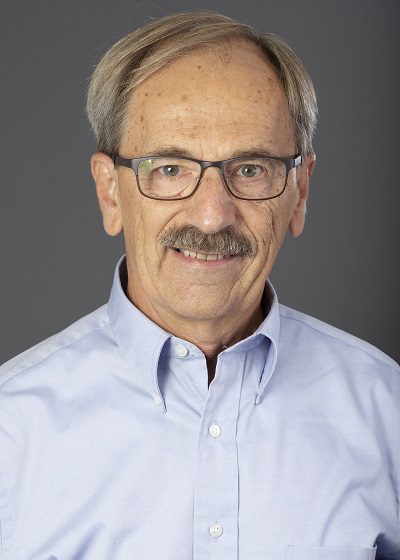From the Editor: Be Proud To Be a Civil Engineer

Through the years of writing this column, I’ve mentioned a few times the feeling an engineer may have (at least I have) of creating a project that has a lasting impact on society. I have asked you, the readers, to send some examples of projects you were proud to be part of. Some responses included work on the Brooklyn Bridge, rehabilitation of historic structures and designing amazing bridges over major waterways—all great projects I would’ve loved to work on.
Humble Bragging
Early in my career, it didn’t take much for me to “brag” about a project I completed. It may have been a simple bridge widening or a culvert replaced by a three-span slab bridge. For me, all it took was a project that evolved from a drawing to a physical structure that provided a safer or more-efficient facility for public use. This was important to me; I could see the results of my efforts.
As I gained more experience, the scope of projects I was fortunate to design became larger, more complex and, more importantly, affected more of the travelling public. So I point to those projects and tell others about the positive effects of what civil engineers do.
This is one role that we, as civil engineers, should do better. We’re often satisfied just to celebrate our projects with our peers, but we should make it more clear to the public the positive influence we have on our environment. It helps strengthen the trust people still have in our profession.
Current Influences, Large and Small
What brought this to mind was a recent article in the Chicago Tribune about the O’Hare Modernization Program, which is nearing completion after 16 years and $6 billion worth of work. It includes a system of parallel runways, new control towers and the relocation of cargo facilities—among many other aspects—all of which improve the airport’s efficiency.
Obviously, this is a huge project that during construction affected—and after completion, will affect—millions of people. I was part of the design phases for some of the projects included in the program as were hundreds of other engineers. So I get to join with those engineers in celebrating our efforts and what those results will do for the public.
Currently, I’m privileged to be able to serve as adjunct faculty at my alma mater. I’m providing some guidance to students in their Senior Project Design course regarding what to expect when they get into the workforce. We discuss in non-technical terms how a project evolves from someone’s idea all the way through actual completion of construction. Topics include marketing, scheduling, project management, estimating and presentations—all the things civil engineers do.
Message Received?
In discussing all these topics, I try to stress the fact that what we do as engineers has a lasting impact on society. When we design a bridge or a building or a water-treatment plant or an intersection, we create something that will change the way people move around or live and work in a new space.
I tell my students what it feels like to be creating for the good of the community, but I’m not sure my message is fully understood. I think they can see I’m serious about that, but I don’t think they understand they’re on the brink of a major opportunity. Engineers can and do make positive contributions to society. They will be part of the engineering community soon, and I hope they work for companies and organizations and people that have the values to support them and encourage them to make a difference.
Take some time to reflect on some of your projects and the positive impact on society. Perhaps you saved a community from future flooding or replaced a bridge that was deficient or maybe it was redesigning an unsafe intersection. Take pride in what you have accomplished, and then let others know what civil engineers do.
About Robert Schickel
Robert Schickel was born in New Jersey and received his BS in Civil Engineering degree in 1971 from Valparaiso University in Indiana. His career started as a bridge design engineer and expanded to include design of various transportation facilities, including highways, bridges, rail lines and stations, and airport runways. Mr. Schickel managed engineering offices ranging from 20 to 140 people. He also served as a consultant to a large utility company. Mr. Schickel currently resides in Indiana and serves as Adjunct Professor for the College of Engineering at Valparaiso University. He enjoys his retired life at his lake house, playing golf, listening to music and spending time with his family, especially his grandchildren.


